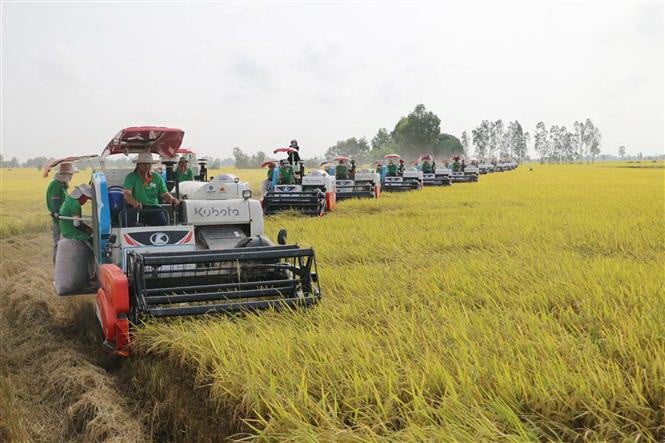
From flexibly purchasing and temporarily storing rice to stabilize output, to opening up green and high-tech agriculture , etc., all are aiming at the common goal of ensuring livelihoods for farmers and sustainable development of the Vietnamese rice industry.
Maintain stable output for farmers
After the Philippines - a country that accounts for nearly 79% of Vietnam's total rice exports - temporarily suspended imports for 60 days starting September 1, the industry and trade sector of Vinh Long province quickly requested local export enterprises to increase purchases and temporarily store rice. This solution is considered a timely step, helping to resolve immediate difficulties for farmers, while stabilizing output, maintaining confidence and production motivation in a challenging context.
The Department of Industry and Trade of Vinh Long province urgently issued an official dispatch requesting rice trading and exporting enterprises in the area to proactively promote purchasing and storing to flexibly respond to market fluctuations. Accordingly, enterprises need to actively purchase and temporarily store rice, while ensuring reasonable prices so that rice growers can feel secure in production. This not only helps stabilize output, but also demonstrates the responsibility to accompany and share difficulties with farmers, gradually building trust, towards sustainable development of the rice industry.
In the whole Vinh Long province, there are only two enterprises participating in rice export, namely Phuoc Thanh IV Production and Trade Company Limited and Tra Vinh Food Company, both of which are directly affected by the Philippines' decision to temporarily suspend imports. Enterprises have quickly adjusted production plans, seeking new markets in Africa and the Middle East to maintain the export pace, reducing the risk of dependence on one market.
Farmer Tran Van Tam, An Binh commune, Vinh Long province shared that people are very worried about the sharp drop in rice prices, but thanks to businesses in the province buying and storing, the price is still stable at around 7,000 VND/kg, farmers are confident to plant new crops.
In parallel with production management, the Department of Industry and Trade of Vinh Long province guides enterprises to comply with the regulations in Decree 107/2018/ND-CP and Decree 01/2019/ND-CP on rice export business, and coordinates with the Trade Management Department to provide timely support when problems arise. The initiative of the industry and trade sector and enterprises is helping the locality stabilize the rice market and protect farmers' income from the impact of international trade.
Opening up green agriculture, increasing the value of rice
Not only Vinh Long, many localities in the Mekong Delta are also promoting adaptation solutions, towards sustainable agriculture. Notably, Ca Mau province is implementing a high-tech agricultural production model, linking production with enterprises and cooperatives.
The People's Committee of Ca Mau province held an online meeting on September 30 with communes and wards to remove difficulties and discuss solutions to deploy breakthrough production models such as super-intensive shrimp farming, improved extensive shrimp farming, and organic rice associated with cooperative development.
According to the plan, the province will expand 1,500 hectares of super-intensive shrimp farming using RAS technology, and at the same time encourage people to apply the combined rice-shrimp model, both to increase productivity and increase production value.
According to Vice Chairman of Ca Mau Provincial People's Committee Le Van Su, despite difficulties, with the support of functional sectors and the companionship of businesses, Ca Mau has achieved positive results: by the end of September 2025, shrimp output reached more than 584,000 tons (109% of the plan), and rice output reached 1.68 million tons, exceeding the plan by 3%.
In particular, Global Organic Clean Agriculture Group Co., Ltd. has signed a cooperation agreement to produce organic rice, committing to purchase at a price 500 - 3,000 VND/kg higher than the market price and compensate for lost output when the yield is lower than normal rice, helping farmers feel secure in production.
Mr. Huynh Van Nghi, a farmer in Da Bac commune, said that since joining the organic rice model, costs have decreased and selling prices have increased. The people are happiest when they have all their products guaranteed, without worrying about being forced down on prices.
The leaders of Ca Mau province requested that sectors and localities coordinate to unify the production process of high-quality, low-emission rice, accelerate the construction of rice processing factories, and integrate capital from the 1 million hectare high-quality rice program to support businesses. With the coordination between the government, businesses and people, Ca Mau has the basis to promote high-tech agriculture, increase the value of shrimp and rice, and open a sustainable direction for the cooperative economy.
In Can Tho city, the low-carbon rice production model is also showing positive results. Can Tho has exported 500 tons of low-carbon rice to Japan, affirming the effectiveness of green, environmentally friendly production. To date, Can Tho has issued 579 growing area codes, covering a total area of over 9,300 hectares, serving the traceability and export of high-quality rice.
Vice President of the Vietnam Food Association Tran Tan Duc said that the green consumption trend opens up great opportunities for Vietnamese rice, especially low-carbon rice. However, the production scale is still small, and a synchronous supply chain has not yet been formed. To expand exports, coordination between management agencies, businesses and farmers is needed, while promoting the Vietnamese low-carbon rice brand to the world.
According to Deputy Minister of Agriculture and Environment Hoang Trung, in the coming time, localities in the Mekong Delta need to encourage businesses to cooperate with cooperatives and farming households to build stable raw material areas, combine deep processing and diversify export products. Thereby, promoting the application of science and technology, expanding the low-carbon rice production model, meeting green export requirements, enhancing the value and image of Vietnamese rice in the international market.
Source: https://baotintuc.vn/kinh-te/linh-hoat-giu-vung-vung-lua-chu-luc-mo-huong-nong-nghiep-xanh-20251009113611251.htm



![[Photo] Cat Ba - Green island paradise](/_next/image?url=https%3A%2F%2Fvphoto.vietnam.vn%2Fthumb%2F1200x675%2Fvietnam%2Fresource%2FIMAGE%2F2025%2F12%2F04%2F1764821844074_ndo_br_1-dcbthienduongxanh638-jpg.webp&w=3840&q=75)




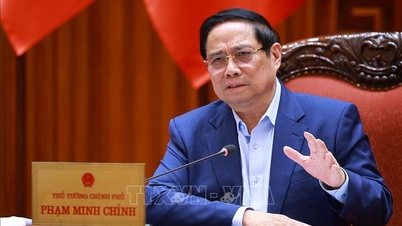
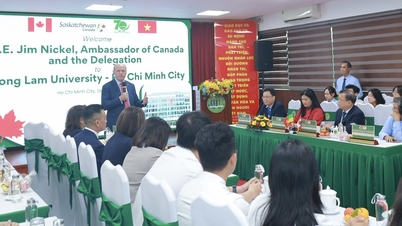

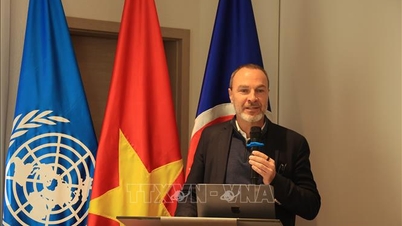
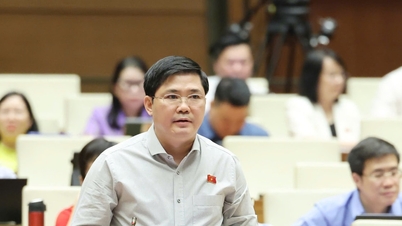

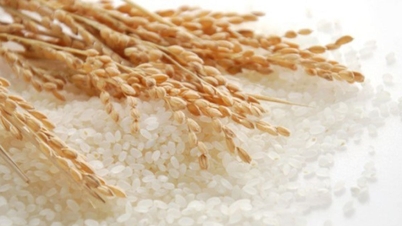

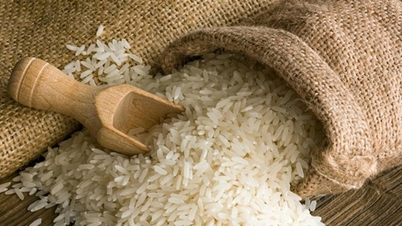
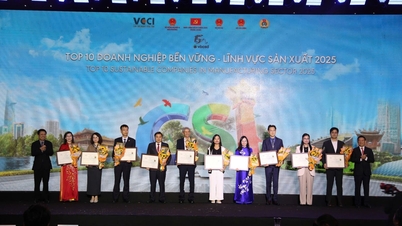
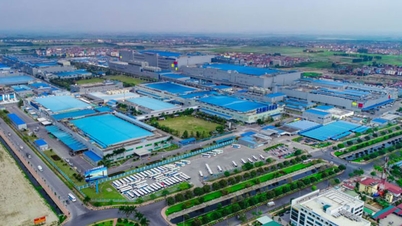

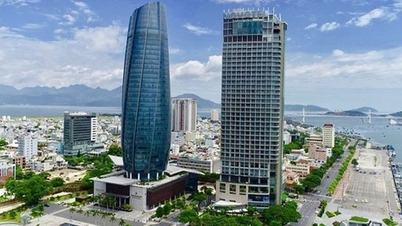

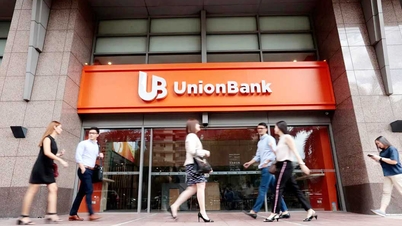


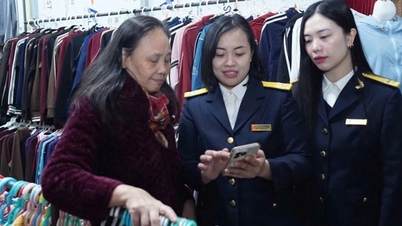




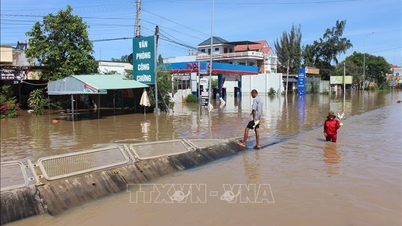
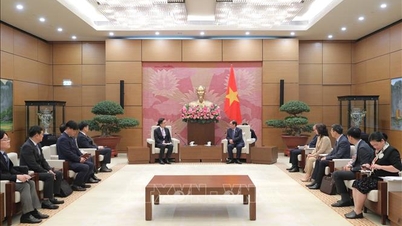


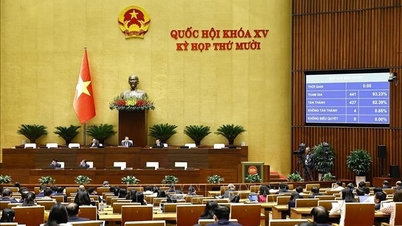
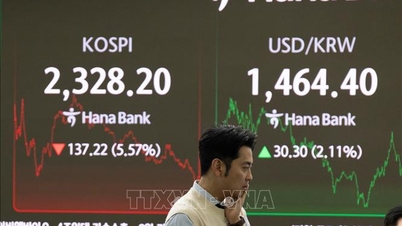
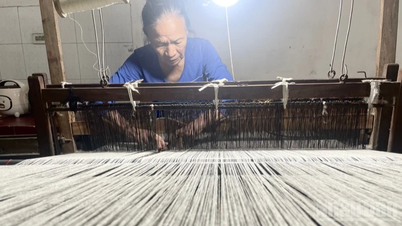

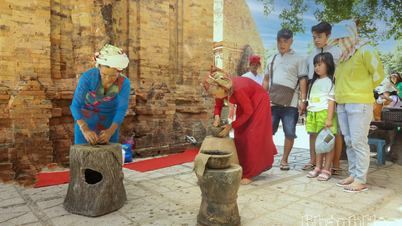

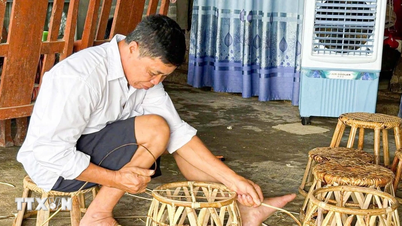



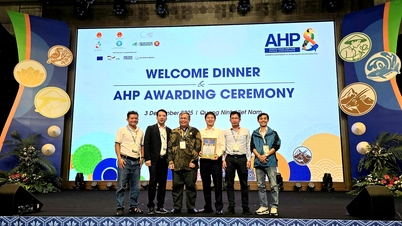




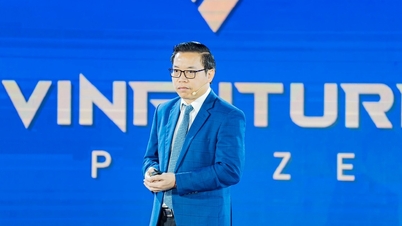

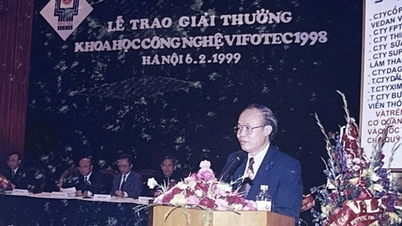

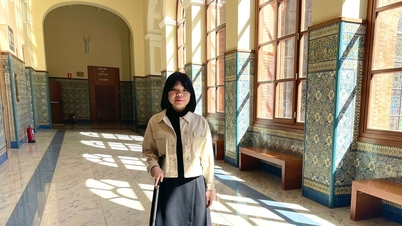

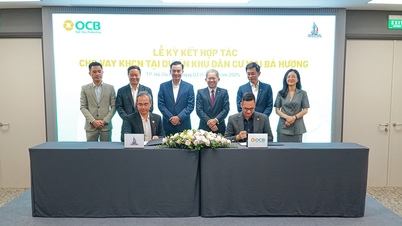

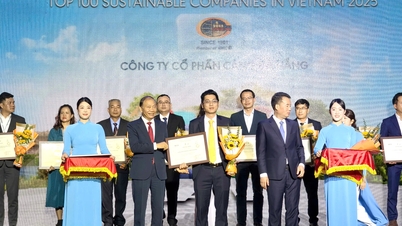
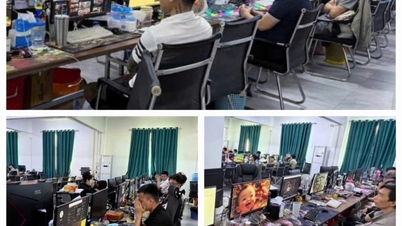
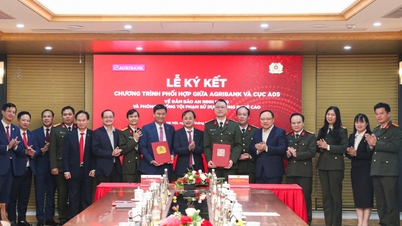

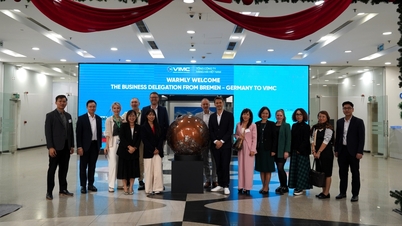
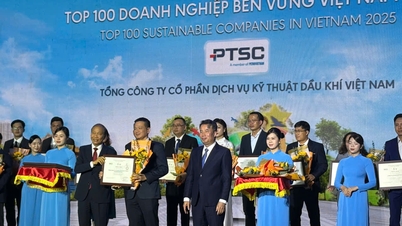












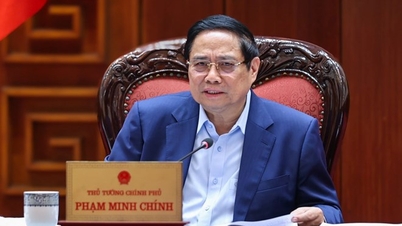

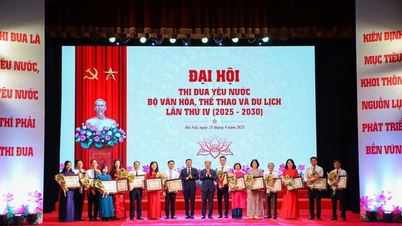

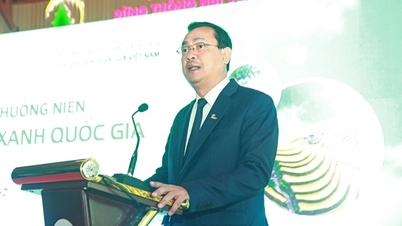
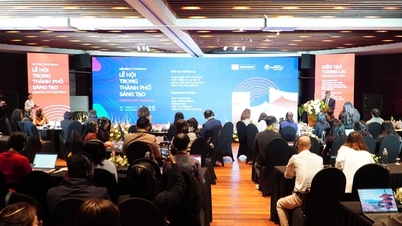
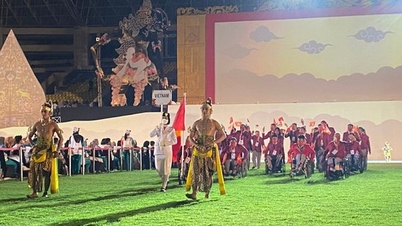
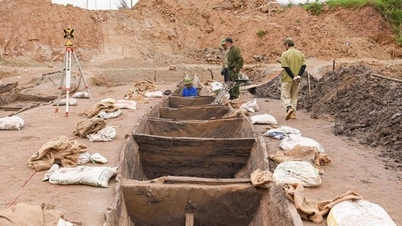


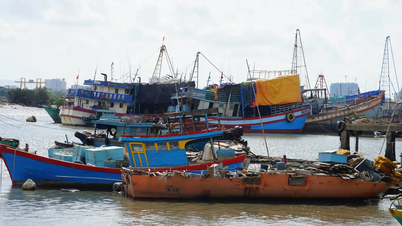

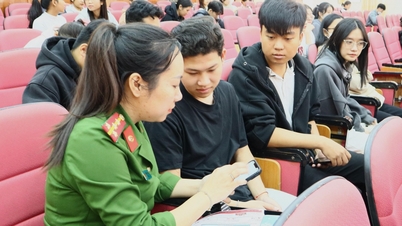

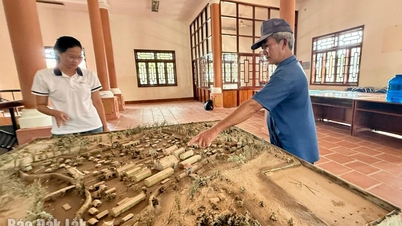
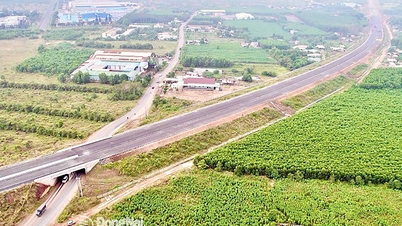

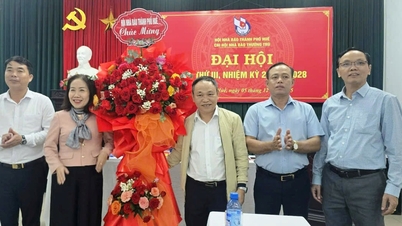



















Comment (0)